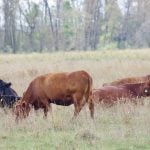
Tag Archives Soil
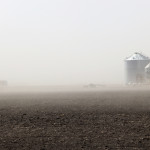
Soil Conservation Week highlights land stewardship, public education
Soil conservation makes land more productive, but the benefits go well beyond that
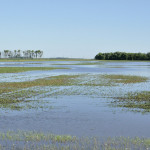
A wet cycle has caused some farmers to rethink zero till
Seeding & Tillage Focus: As the province’s wet cycle appears poised to break, soil compaction is a lingering after-effect
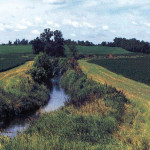
New research raises red flag over buffer strips
A University of Manitoba researcher says riparian buffer strips may not be the answer to preventing nutrient run-off

Careful management key to keeping clubroot level low in province
Experts call for soil testing, scouting and diligent rotations to keep clubroot at low levels

Manure separation could be key to P accumulation issue
Removing phosphorus-rich solids from nitrogen-rich liquid allows both local use and economical transportation to other farms
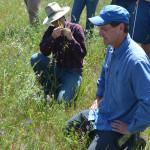
Tired pasture? The solution is in the soil
To create a healthy pasture, grazing expert says to start with ground cover, plant a diverse mix and avoid disturbing the soil

Reducing agriculture’s carbon footprint by focusing on soil
Storing water where it falls is another area where agriculture should do a better job

Mix it up for phosphorus’s sake
Some producers have found innovative ways to balance phosphorus levels, including land swapping

Cities have nutrient recycling role too, soil scientist says
Winnipeg continues to be the province's largest generator of nutrients such as phosphorous

High-disturbance seeding can be as erosive as a plow
Conservation tillage isn’t conserving as much soil as you thought. That’s why University of Manitoba soil scientist David Lobb says new tillage equipment is needed


